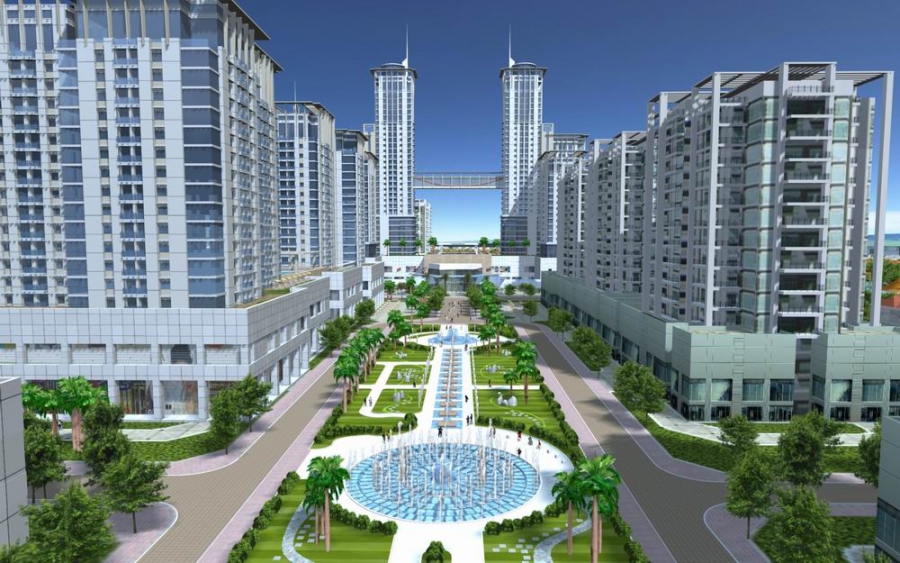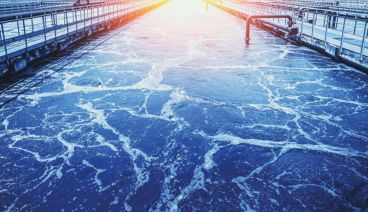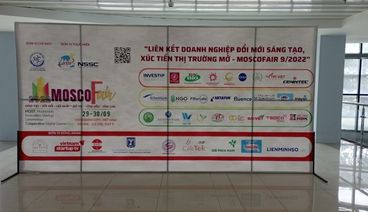MUNICIPAL WASTEWATER TREATMENT

1. Discharge sources of municipal wastewater
Municipal wastewater is quite complicated, usually consisting of four main components: domestic wastewater, industrial waste water, infiltration wastewater, and natural wastewater.
- Domestic wastewater is generated from people daily activities, commercial centers, hospital and schools such as eating, bathing, cooking, house cleaning, and human excretion. Domestic wastewater usually contains many different impurities, of which 52% organic substances, 48% inorganic substances and a large number of pathogenic bacteria. The amount of domestic effluent of an urban area depends on factors such as population, water supply standard, sanitation facilities, climate characteristics, people's habits and characteristics of the drainage system.
- Industrial waste water (production wastewater): It is the effluent from factories and production units in operation, including domestic waste water, but in which industrial waste water is primary. The amount of industrial wastewater depends on factors such as type of production, production technology, type and composition of materials, products, capacity… Wastewater is divided into two groups: low-polluted concentration (clean) and high-polluted concentration. The main components of industrial waste water are inorganic substances, dissolved organic substances, odorous organic pollutants and poorly-biodegradable organic substances that can be harmful to aquatic life. Industrial wastewater can also contain oils, fats, suspended solids, heavy metals, N, P ...
- Infiltration wastewater: This is the rainwater that penetrates into the sewer system in many different ways through the joints, pipes or walls of the manhole.
- Natural wastewater: rainwater is natural wastewater.
2. Characteristic of municipal wastewater
- It highly depends on the climate conditions and cities’ characteristics such as population, factories, etc.
- Wastewater flows and characteristics vary between seasons and between workdays and weekends
- The amount of sand is high, so there is usually a separate sand sedimentation tank
- Large amount of sludge generated is due to the high volume of treated water, which requires a separate sludge treatment system
- Mixed discharge sources include domestic effluent, production effluent, etc., therefore pollution components are complicated and difficult to treat.
3. Functional components of a conventional municipal wastewater management system
- Discharge source: flow, quality
- Local treatment at the discharge source: local treatment works before discharging into the general treatment system of the urban area.
- Collection system
- Wastewater transportation
- Waste water treatment system
- Reuse (if any): Reuse water after treatment or discharge directly into environment
Investors who concern or seeking solutions for municipal wastewater treatment system, please contact NGO for direct consultation and support.
Source: NGO



